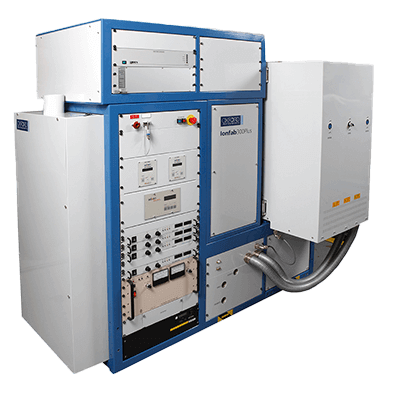What is an Ion Implanter?

An ion implanter is a sophisticated device used to modify the properties of materials by embedding ionized atoms into them. This technology is crucial in semiconductor manufacturing, enabling the alteration of electrical properties in materials like single-crystal silicon wafers, transforming them from insulators to conductors of electricity.
Applications of Ion Implanters
Ion implanters play a pivotal role in semiconductor production, particularly in the impurity implantation process. They introduce ions into silicon wafers to create areas with specific electrical characteristics, forming n-type or p-type semiconductors through a process known as doping. N-type semiconductors are made using electron-rich element ions, while p-type semiconductors utilize hole-rich element ions.
Principle of Ion Implanters
The core components of an ion implanter include an ion source, analyzer, accelerator, and wafer stage, among others. Ions generated from elements like phosphorus or boron are transformed into a plasma state, then precisely accelerated and shaped into an ion beam. This beam scans across the silicon wafer, implanting ions to alter the wafer’s electrical properties. Heating the wafer during implantation helps reduce crystal defects and enhance the material’s quality through self-annealing.
How to Select an Ion Implanter
Selecting an ion implanter involves considering several factors, including the type and concentration of ions required, the kinetic energy of the implantation process, and the size and type of wafer. High-current, high-energy implanters are necessary for certain applications, and devices capable of heating wafers are required for power device wafers like SiC. Cost, throughput, and the specific requirements of the implantation process are critical considerations in the selection process.